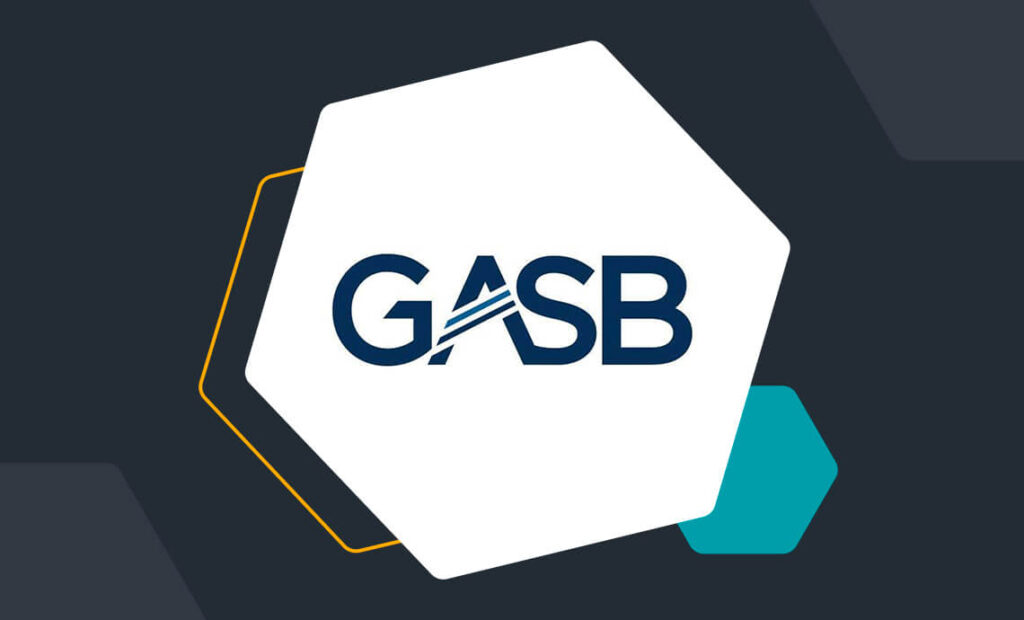Reading Time: 4 minutes
Universities and colleges have different objectives than other nonprofit organizations and for-profit businesses. Where profit is the main objective for businesses, providing high-quality educational services within budget is the primary goal for colleges and universities. A fiscally responsible university or college should have a balanced budget in which expenditures fall within available revenue.
If you have noticed signs of financial instability at your institution, such as a major drop in net assets, or you simply want to make your fund accounting a faster, simpler process, you may want to learn more about university fund accounting software.
What Is Accounting?
Accounting is the process that involves managing your college’s financial transactions, including recording, storing, retrieving, sorting, presenting, and summarizing the results in analyses and reports. Accounting is essential to your educational institution’s operations. Public universities and school districts use fund accounting to categorize spending into different categories:
- Fiduciary funds: These funds are useful when an educational institution is directly acting for a third party, such as private trusts or scholarships.
- Proprietary funds: These funds include activities similar to those at private enterprises, such as transportation and food service funds.
- Governmental funds: These funds represent the standard activities of operations like instruction and special revenues, such as grants.
Funding for independent and private schools can come in the form of donations, endowments, private grants, tuition, and board.
Accounting in Educational Institutions
The major financial functions of an educational institution are accounting, auditing, and education budgeting. Though these functions are closely interconnected, they are often treated as separate operations. A successful accounting process is essential for:
- Budgetary control
- Improved reporting
- Assessment of goals
- Administrative efficiency
- Informed decision-making
- Timely program evaluation
- Identification of areas for improvement
Accounting for educational institutions includes budgeting, inventory management, taxation, payroll management, and receivables. Your budgeting should include:
Expenditures for Higher Education Institutions
Universities have some major expenditures to cover, such as:
- Travel
- Utilities
- Salaries
- Benefits
- Supplies
- Fellowships
- Scholarships
- Contractual services
- Communication costs
When it comes to accounting, many higher education institutions choose to organize expenditures under the following categories:
- Research
- Instruction
- Maintenance
- Scholarships
- Public service
- Student services
- Academic support
- Institutional support
- Auxiliary enterprises
Revenue and Assets
Private and public institutions both rely on varied funding sources for revenue, including:
- Fees
- State funds
- Federal funds
- Student tuition
- Sales and services like campus bookstores and student housing
The portion of a higher education institution’s budget that comes from state funds varies depending on the state. Generally, private institutions tend to receive more funding from tuition and fees, while public institutions tend to receive more funding from the state. Other revenue sources for your university may include grants, investment income, endowment income, and private gifts.
Drawbacks of Traditional Accounting Systems
A traditional accounting system can be a time-consuming, tedious process that relies heavily on manual processes. Additionally, the traditional accounting system involves a large consumption of financial resources due to the following drawbacks:
- Storage risks: One of the main drawbacks of a traditional accounting system is the risks that come with physical storage. You will need to ensure that your records and ledgers are in a secured room. To make backups of your data, you will also need to make copies, which can be costly and require even more storage space. Since there are few backup options, the loss of your records can have a major negative impact on your institution.
- Risk of errors: Typically, manual accounting processes pose a higher risk of human error. Mistakes can occur when staff input logical or mathematical entries, and these mistakes can be costly. Additionally, identifying these mistakes and correcting them can be time-consuming, costing your institution both money and time.
- Auditing issues: With a traditional accounting system, there is also a greater risk of auditing issues if errors occur, which could increase your spending.
- Security problems: Security is a major concern when using a traditional accounting system. When your institution’s sensitive data is located in journals and ledgers, you could face security risks, such as data compromise or loss. If a security problem arises, this could have a significant negative impact on your institution.
- Time-consuming process: The traditional accounting process involves paper ledgers and journals, so accountants will need to locate the appropriate ledgers every time they need to record entries. Retrieving information for officials can be quite challenging as a result, as the process of locating the necessary data can be time-consuming.
By transitioning from a traditional accounting system to a college fund accounting automation system, you can avoid these drawbacks.

Benefits of College Fund Accounting Automation
Along with saying goodbye to the challenges of a traditional accounting system, you can enjoy the following benefits when you choose a fund accounting automation system for your educational institution:
- Flexibility: The right accounting automation software for your college is flexible, allowing you to make changes to your system as your needs change.
- In-depth reports: College-specific accounting software can provide your educational institution with in-depth reports that cover financial operations, such as bill payment and fee management.
- Simplified process: A college accounting automation system like MIP Accounting® simplifies the accounting and fee collection process. By streamlining and simplifying the process, your team can return their focus to other essential tasks.
- Useful dashboards: An automated accounting system also makes it easy to develop a financial dashboard. This dashboard gathers your key financial metrics and displays them in a way that makes everything easy to view, including your operating costs and revenue.
- Speedier data transfer: When you automate your accounting, you can transfer and access your data quickly.
- Secured server and storage: Automated accounting is also a security asset, as it keeps your sensitive data confidential and prevents unauthorized users from accessing this information. With the cloud, your data is also accessible wherever you are.
- Expense tracking in real-time: An automated fund accounting system can help you seamlessly track each of your university’s expenses. With real-time tracking, you can gain greater insights into your expenses.
Get a Free Demo
At MIP Accounting®, we offer accounting software specifically designed for universities like yours. Our solution allows you to manage complex accounting needs, and with more comprehensive features, you can make informed financial decisions, operate more efficiently, and engage donors to gain more donor dollars. Our system is configurable to your educational institution’s exact needs.
For more than 40 years, we have helped universities, colleges, and other educational organizations achieve their goals. Get a free demo of our software to learn more about college accounting procedure automation for your educational institution.





